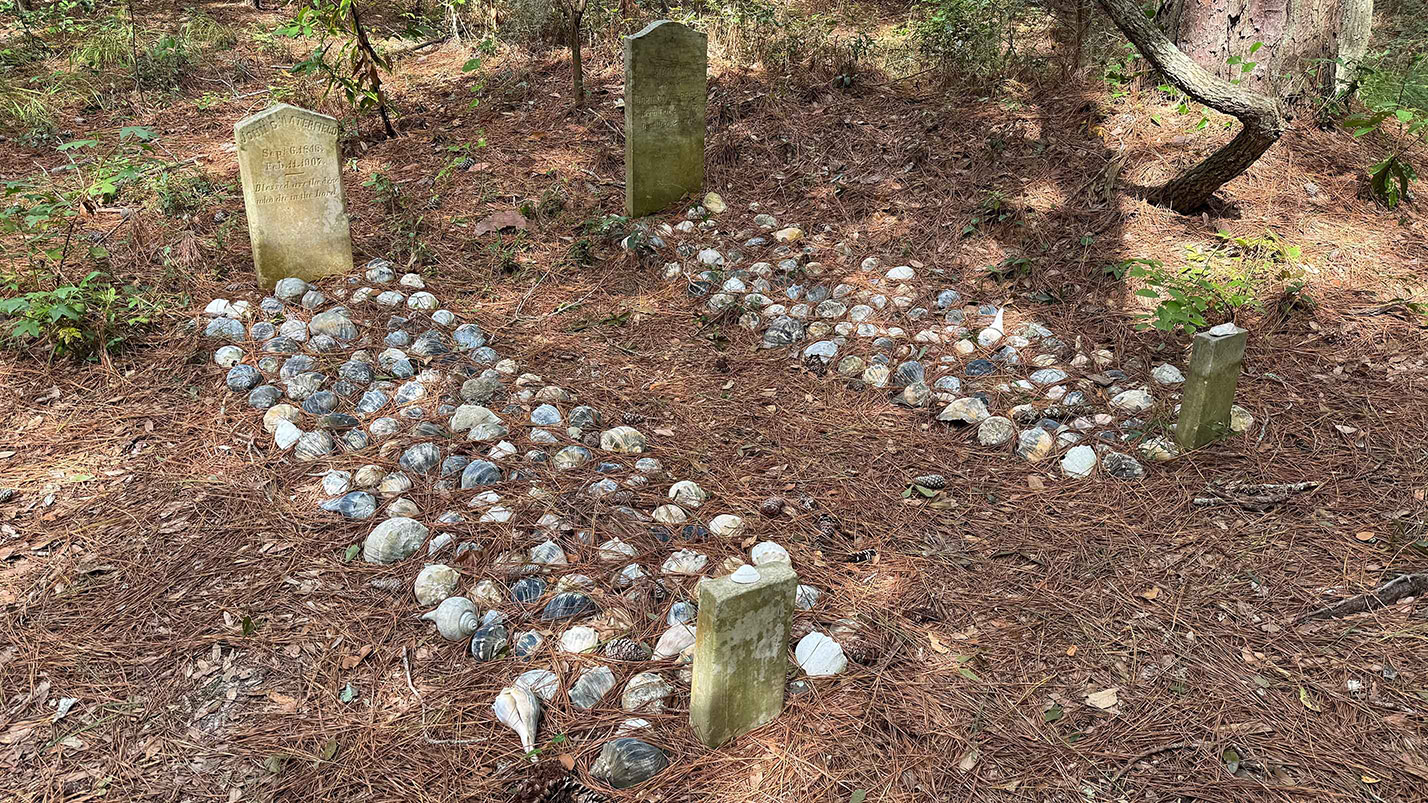Deep inside False Cape State Park in Virginia Beach, remnants of a once-thriving community lie dormant.
To reach the early American settlement requires a bit of dedication and a lot of mobility: It’s down a winding narrow path where the ground seamlessly changes from compacted dirt to loose, shoe-sinking sand.
Sassafras and holly trees line the way and create an evergreen border along the half-mile trek.
Virginia State Parks Chief Ranger Rachel Harrington guides visitors into the wilderness, right to Wash Woods.
Wash Woods settled in just about the only way a remote, maritime forest community could in the 17th and 18th centuries: shipwrecks.
“(There were) lots of shipwrecks, lots of ships running aground,” Harrington said. “And a lot of these sailors did not have the financial means to go back home. Some didn't want to. So they ended up staying.”
As the community established roots and started to grow, people in nearby Norfolk and Portsmouth caught wind of the isolated locale off of Back Bay.
They wanted to join up to escape disease from Norfolk and Portsmouth.
One group, the surfmen, became associated with the region. They were like a 19th century Coast Guard, but went by the U.S. Life Saving Service.
Surfmen’s job was to patrol the beaches, look for any ships that were stranded or wrecked and provide assistance to those sailors.
“The surfmen did work … in this area, what is now the park, and just over the North Carolina border, there were three life saving stations,” Harrington said.
The stations were at Little Island, where a beach parking lot is now, at False Cape Landing and the Wash Woods station was technically just over the North Carolina border, Harrington said.

Headstones in Wash Woods are still intact, giving names to the small community that once lived in the modern-day False Cape State Park.
By the end of the 19th century, 300 people called Wash Woods home.
They’d built a bond and strong sense of community. They had a schoolhouse, a grocery store and two churches.
The steeple of Wash Woods Methodist Church still sits on the site today. It’s now encased in a glass-walled, white building to protect it from the elements.
The church came to be like everything in Wash Wood.
In 1895, a ship wrecked nearby during a winter storm. No one died, but nobody could access the wreckage until spring.
“They knew that it was actually carrying a load of Cypress lumber, so they were able to use that Cypress to construct the church,” Harrington said.
It was an ideal material – the wood is resistant to rot, tolerates the humidity and resistant to insects.
Adjacent to the steeple are the graves of Wash Woods former residents. Most headstones are still legible.
Conch and clam shells fill the spaces in between headstones and footstones — a custom for communities along coastal America.
Harrington said Wash Woods residents used the shells to mark the graves and hold sand in place.
“You did not have a lot of wildflowers out here,” she said. “You also couldn't just stop by the florist on your way out to visit the grave site. So that was another reason why they use the shells to place at the graveside as opposed to flowers.”
When the Coast Guard was founded in the early 20th century, a lot of Wash Woods residents left when the life-saving stations closed.
During the Great Depression, the market hunting industry that thrived in Back Bay, took a nosedive.
By the end of the 1930s, Wash Woods was completely abandoned.
Now it’s fully operated and maintained by False Cape State Park and rangers like Harrington, who aim to keep the spirit and memory of the community alive.
Check back next week for the story of another eerie story of Hampton Roads.





